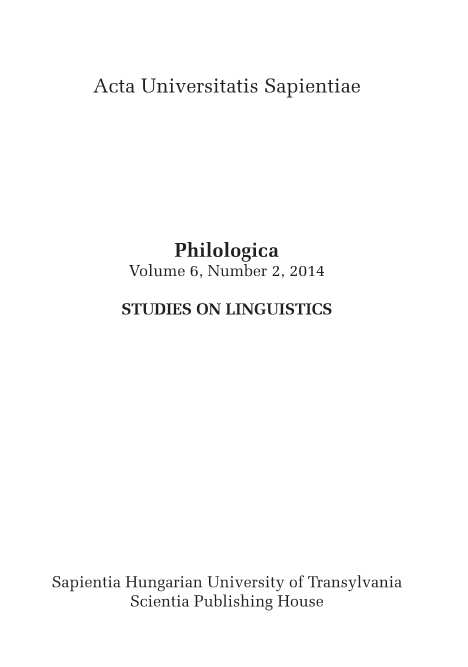How (Not) to Fail as a Multimedia Translator
How (Not) to Fail as a Multimedia Translator
Author(s): Attila ImreSubject(s): Language and Literature Studies
Published by: Scientia Kiadó
Keywords: multimedia; translator’s skills; CAT-tools; memoQ
Summary/Abstract: The article is trying to highlight the major skills of a present-day translator, without which failure is assured. Although we start with general (classical) requirements, particular ones will be discussed, such as the gradual shift from PRAT (paper-and-rubber-assisted translation) to CAT (computer-assisted translation). We argue that professional translators in the 21st century must make use of personal computers and specific software designed to support translation: translation memories (TM), term bases (TB) and translation environments (TE), which already have built-in machine translation (MT) possibility as well. This shift also entails that translators have to deal with further impediments as well: the so-called “text”-to-be-translated has changed to “whatever”-to-be-translated. We argue that would-be translators are hardly ever prepared for this new type of multimedia challenge (e.g. surtitles), thus leaving room for technical experts to discover their skills in translating multimedia. It is our belief that managing translations is directly linked with managing translators, and there are more traps for translators in the 21st century than a layman would think. Consequently, we would like to offer some tips how to build and acquire translation databases in order to catch up with the 21st century rush hour in the field of translation.
Journal: Acta Universitatis Sapientiae, Philologica
- Issue Year: 6/2014
- Issue No: 2
- Page Range: 249-259
- Page Count: 11
- Language: English

